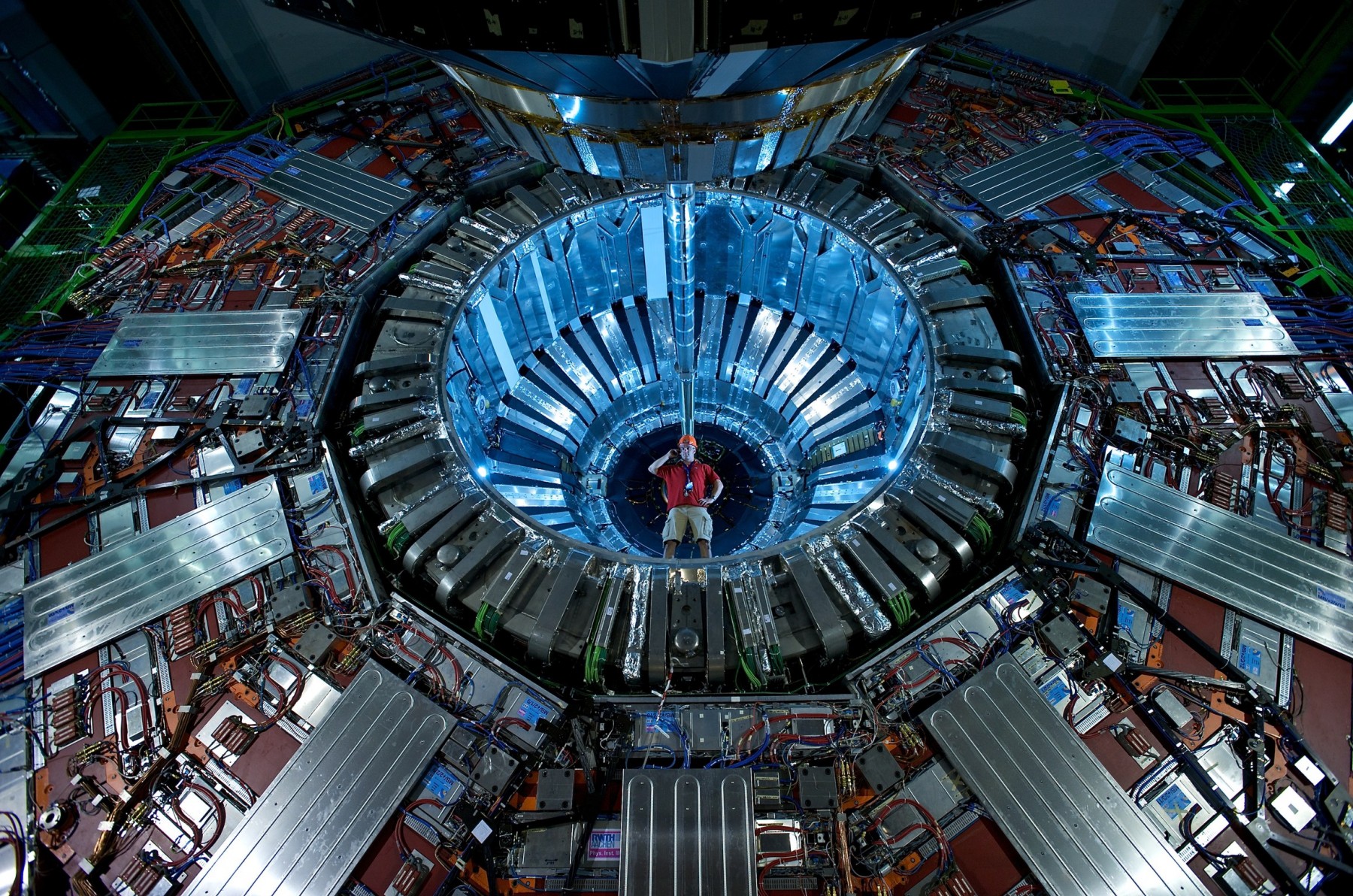The Large Hadron Collider (LHC), a marvel of modern physics, stands as the most powerful particle accelerator in existence. But, what exactly is the Hadron Collider? And more intriguingly, what mysteries does it invite us to explore? This exploratory article delves deep into the architecture, functionality, and scientific significance of the LHC, while playfully posing a challenging question: Can we unravel the fundamental fabric of our universe through high-energy collisions? Let us embark on this intellectual journey.
The genesis of the LHC traces back to the European Organization for Nuclear Research (CERN), located near Geneva, Switzerland. This groundbreaking facility came into operation in 2008, a culmination of several decades of scientific inquiry and engineering prowess. Encompassing a circular tunnel, the collider stretches approximately 27 kilometers (about 17 miles) underground and houses a myriad of particles that are accelerated to near-light speeds. This immense scale allows physicists to probe the minutiae of atomic structures and the fundamental forces of nature.
In essence, the LHC utilizes protons, which are positively charged particles found in atomic nuclei, as its primary constituents. These protons are accelerated in opposite directions along the circular path and then collided head-on, generating an incalculable amount of energy. The reaction can be likened to colliding two bullets at breathtaking velocities, resulting in an explosion of subatomic particles. This energy release facilitates the creation of new particles, which can provide vital clues about the underlying principles governing matter and forces.
At the heart of the LHC’s endeavors lies its aptitude for unearthing phenomena that extend beyond our current understanding of physics. The collider is equipped with several detectors, each meticulously designed for specific analytical purposes. Notable among these is the ATLAS (A Toroidal LHC ApparatuS) detector and the CMS (Compact Muon Solenoid) detector. Both instruments serve an essential role in capturing and analyzing the debris produced from proton collisions. The data yielded from these experiments transcends mere numbers; they offer tantalizing glimpses into the fabric of reality itself.
One of the most illustrious achievements of the LHC has been the discovery of the Higgs boson in 2012. This particle, often referred to as the “God particle,” is integral to our understanding of the Standard Model of particle physics, which describes how elementary particles acquire mass. The quest for the Higgs boson exemplifies the collider’s potential to penetrate the mysteries of the universe, yet it also amplifies the challenge: what other particles or forces remain concealed from our view? Are there dimensions beyond our perceptible universe? Such questions beckon us toward uncharted territories in theoretical physics.
The LHC operates under the aegis of several critical principles rooted in quantum mechanics and relativity. Chief among these is the principle of conservation laws, which states that certain quantities, such as energy and momentum, must remain constant throughout any reaction. The precision with which the collider measures these parameters enables physicists to validate or refute established theories. However, the challenge remains: how can we reconcile our known laws with experimental anomalies detected during high-energy collisions?
Furthermore, the LHC presents a unique platform for exploring phenomena that operate at the extremes of energy and scale. The conditions created during proton collisions mimic those of the infant universe, mere fractions of a second after the Big Bang. This experimentation invites profound philosophical inquiries. For instance, how does our understanding of time and space change when we delve into realms where conventional physics seemingly falters? As we grapple with these concepts, we sharpen our conceptual tools and seek to redefine the boundaries of scientific inquiry.
Despite the monumental achievements of the LHC, it is not without its criticisms. Concerns regarding safety have been raised, primarily around the collider’s capability to produce microscopic black holes. While the theoretical risk posed by such phenomena captures public imagination, extensive analyses have demonstrated that these occurrences remain comfortably within the confines of theoretical projections, posing no tangible threat to Earth. Yet, the very notion of harnessing such complex physics offers a thought-provoking challenge: how do we communicate the marvels and risks of cutting-edge science to the broader public?
Moreover, the implications of discoveries facilitated by the LHC extend beyond the realm of particle physics. The technology developed for the collider has permeated various fields, from medical imaging to data analysis. This realization prompts further reflection: how can the knowledge gleaned from high-energy physics contribute to societal advancement? The interplay between fundamental research and practical application invites ongoing dialogue about the future trajectory of scientific inquiry.
In conclusion, the Large Hadron Collider stands as a testament to human ingenuity, pushing the boundaries of our understanding of the universe. It poses essential questions that challenge our perceptions of reality and beckon us to consider the vast unknown that lies ahead. As we contemplate the results drawn from high-energy proton collisions, we are left not only with answers but also with deeper inquiries and an unwavering challenge—how far will our quest for knowledge propel us in our pursuit of understanding the cosmos? In the shadow of the LHC, the search for truth continues, instilling hope that the secrets of the universe will one day unfold before us.












